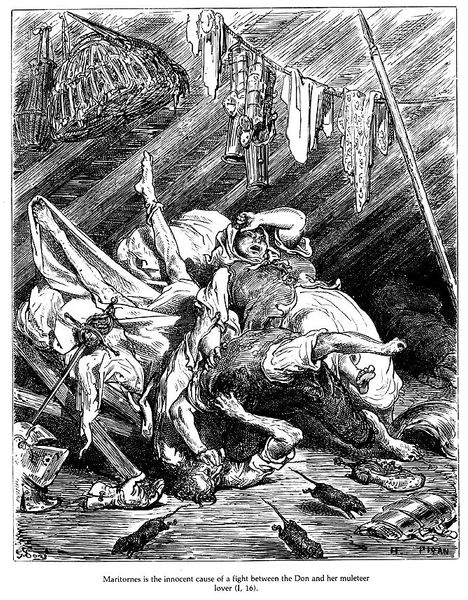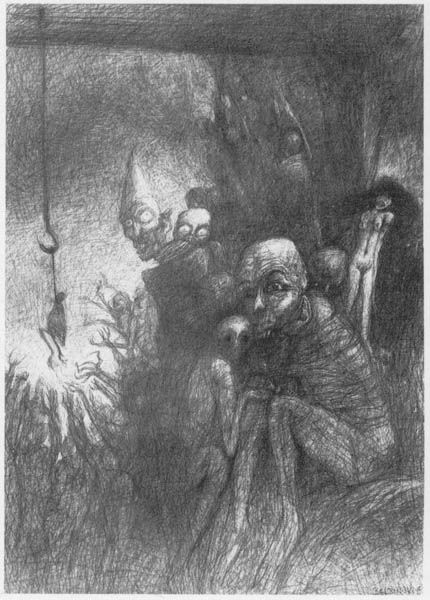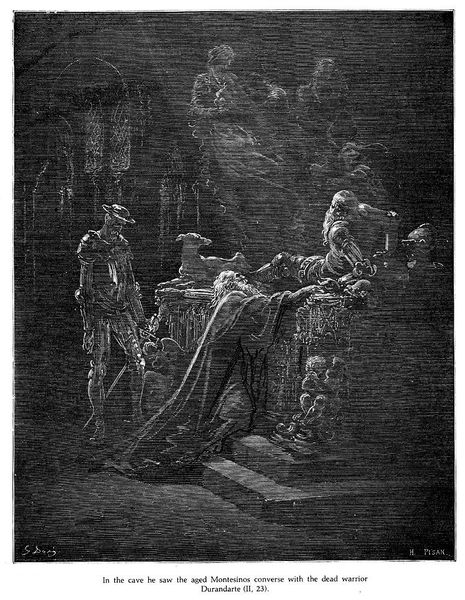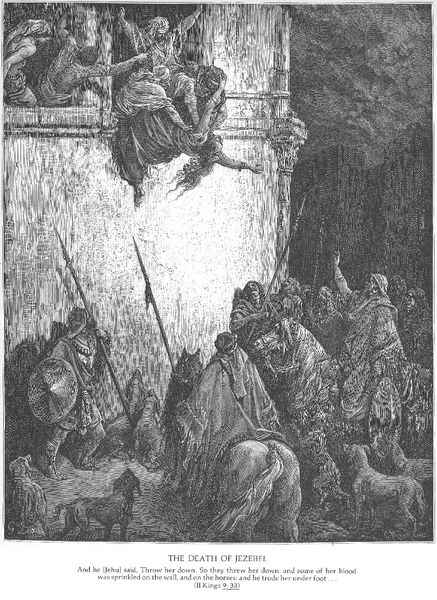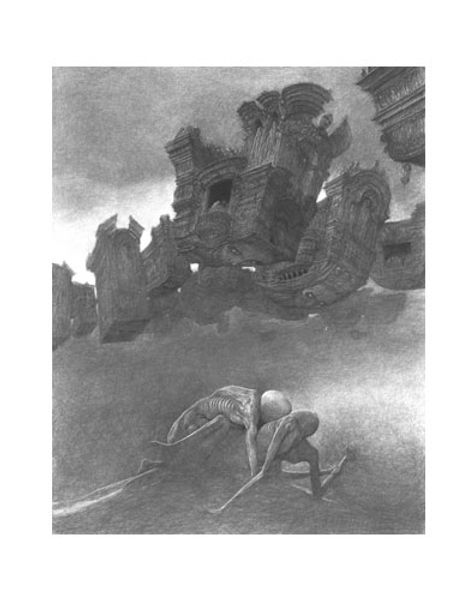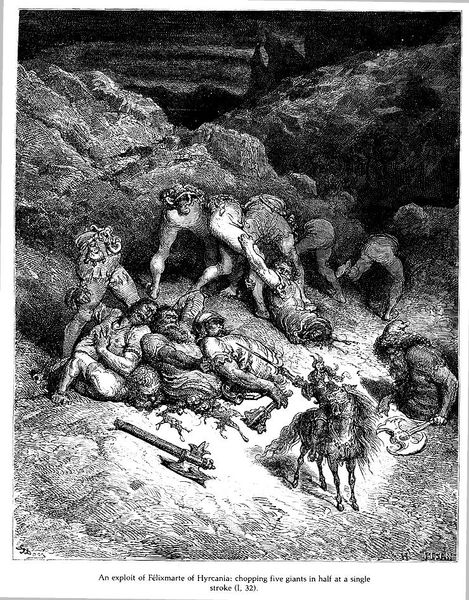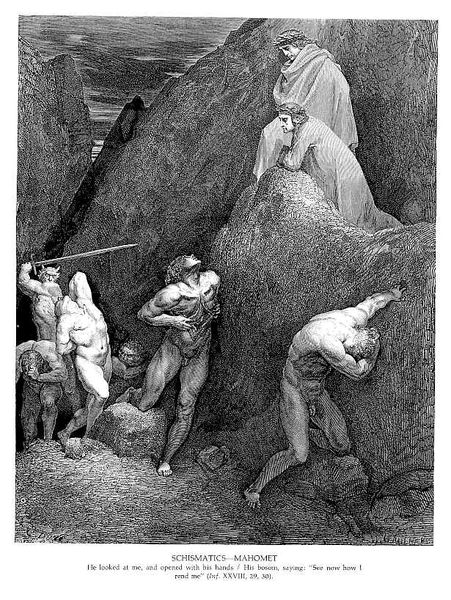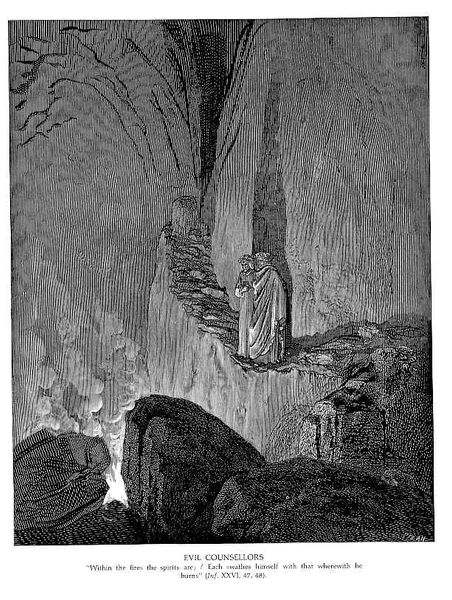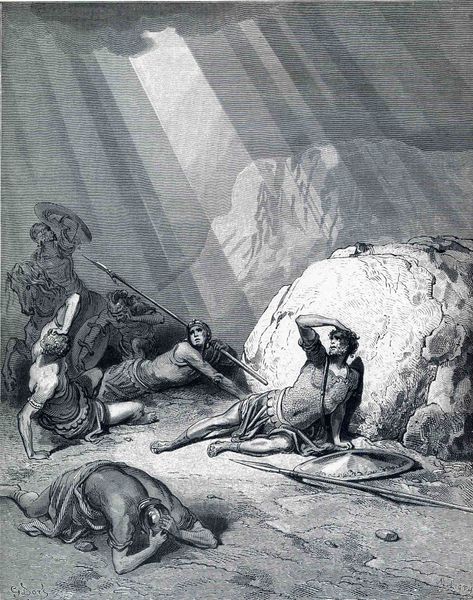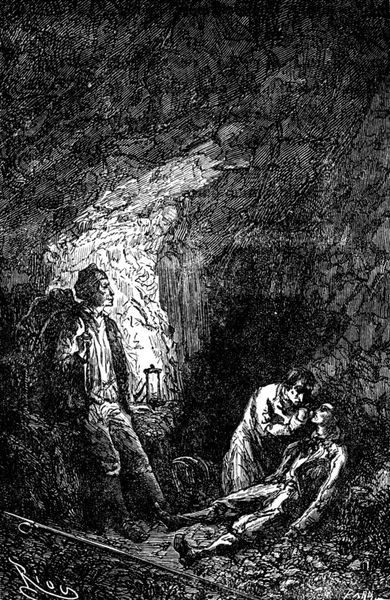
etching
#
allegories
#
allegory
#
narrative-art
#
etching
#
figuration
#
romanticism
#
black and white
#
history-painting
Dimensions: 21.5 x 15.5 cm
Copyright: Public domain
Curator: This etching by Francisco de Goya, titled "And they still won't go," was created in 1799. It's a compelling image. Editor: It is somber, to say the least. The darkness, the strain etched into the figures’ bodies… it feels immensely heavy, both visually and emotionally. Curator: Precisely. Goya's mastery lies in conveying that burden. Consider the materiality of the etching process itself; the corrosive acid biting into the metal plate, creating those stark contrasts of light and shadow... it mirrors the social corrosion he witnessed. Editor: The social landscape of late 18th century Spain was indeed fraught with tension. These figures straining under the weight, visually embodying societal oppression, speaks volumes about the socio-political climate Goya aimed to critique through his art. The "they" in the title "And they still won't go" implying a persistent burden of oppressive forces. Curator: Right. The way Goya manipulates the etching needle allows us to study the faces – the crude, almost grotesque rendering – that hints at a deliberate caricature of the powerful classes clinging to their privilege. Etching enabled the mass distribution of these critiques, impacting the consciousness of its audiences. Editor: Indeed. The deliberate dissemination of such powerful imagery speaks to art's evolving role. Galleries and print shops would become venues for implicit critique, impacting public opinion at a crucial point in history, as power dynamics between the aristocracy and commoners teetered. Curator: And beyond the social commentary, look at how he manages to suggest such weight with simple lines. He focuses attention on the material aspect and fabrication to build a composition expressing volume without losing sight of the message it is conveying. Editor: In seeing art's ability to impact power structures and echo social realities within the fibers of their visual output and distribution, both political potency and physical presence find equal consideration. Curator: Exactly. There’s a tangible weight evoked through incredibly minimal means that transcends time. Editor: Leaving the artwork to function, for better or for worse, as a commentary through art as an extension of protest.
Comments
No comments
Be the first to comment and join the conversation on the ultimate creative platform.
